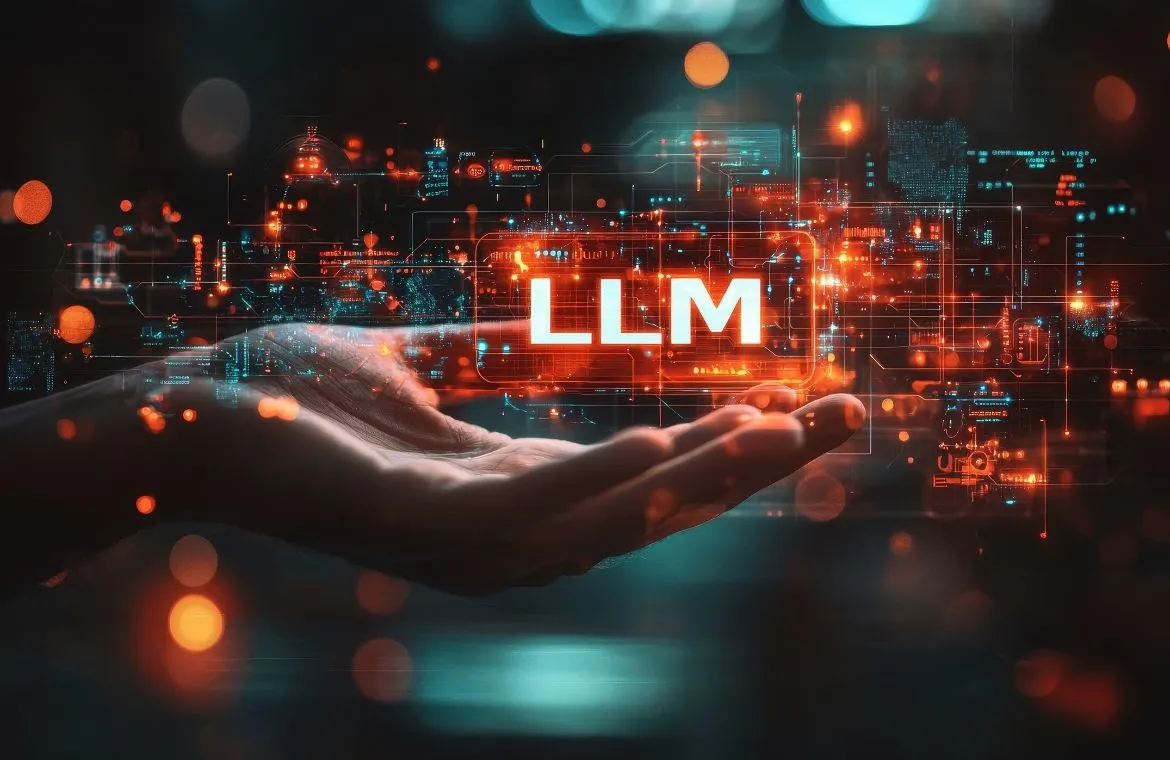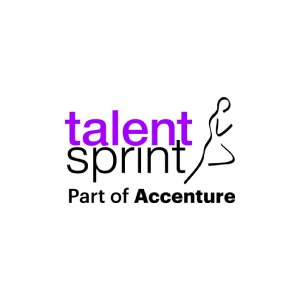What do you mean by LLM's?

Not long ago, computers only understood numbers. Today, they understand language, jokes, ideas, emotions, all thanks to LLMs. These models are shaping what the future of learning, work, and communication will look like.
Whether it’s solving doubts on the spot, translating languages, giving cooking tips, or helping businesses automate customer service, LLMs are quietly becoming a part of our everyday digital life. Let’s take a closer look at what they really are and why they’re so fascinating!
Also Read: What Are AI Agents? The Simple Truth Behind the Buzz
What are LLM's?
LLMs, or Large Language Models, are advanced AI systems that can understand and generate human language. They are trained in huge amounts of text, like books, articles, and websites, so they learn how people communicate.
Because of this, they can read, write, translate, summarise, and even hold conversations in a way that feels natural.
How LLMs differ from traditional models?
Traditional AI models are usually built to perform very specific tasks. They rely on structured data (like numbers in tables) and are trained only for what they are designed to do, such as detecting spam emails or predicting stock prices.
Large Language Models (LLMs), on the other hand, are designed to understand and generate human language. They are trained on massive amounts of text and can perform a wide range of tasks like writing, answering questions, summarizing content, translating languages, and even reasoning to some extent.
Key differences include:
- Architecture: LLMs use the Transformer architecture with self-attention mechanisms. This captures relationships between all words at once and overcomes fixed context window limitations.
- Contextual Understanding: LLMs excel at capturing long-range dependencies. They understand how words relate to each other whatever their distance in text.
- Learning Approach: LLMs utilise deep neural networks with multiple layers. They learn complex linguistic features straight from data and automatically create relevant representations.
- Versatility: Traditional NLP models needed feature engineering and task-specific training. LLMs can adapt to multiple tasks with small adjustments.
How are LLM’s trained to work?
Imagine someone who can, read billions of books, articles, and websites, learnt patterns in language the way we learn grammar and Practice responding to millions of questions
That’s what an LLM does during training! It doesn’t memorize entire sentences, it understands how language works and how ideas connect.
Let’s understand this step by step:
- They Learn from a Lot of Text
LLMs are basically trained in huge collections of data like:
- Books
- Websites
- Articles
- Conversations
This helps them learn:
- Grammar
- Facts about the world
- Different writing styles
- How people communicate
It’s like giving AI access to a giant digital library
- They Break Text into Tokens
Instead of reading full words, LLMs break them down into small pieces called tokens.
- They Use a Transformer Model
LLMs use a special neural network called a Transformer.
This helps them:
- Understand the meaning of words based on context
- Know which words are related
- Focus on the important parts of a sentence
- They Predict the Next Word
When you ask a question, the model predicts the most likely next piece of text again and again… very fast.
Input: “AI will change the world by…”
Output: “making work faster and improving decision-making.”
So, every response is a smart prediction, not memorization.
- They Improve with Fine-Tuning
After basic training, LLMs get extra training:
- For specific industries (finance, healthcare, law)
- To follow rules and be safe
- To understand instructions better
This makes them practical for real-world use.
LLM’ s are a part of artificial intelligence that can understand and generate human language , just like ChatGPT, Google Gemini, or Claude.
They don’t think like humans, but they are trained to predict what text should come next based on patterns they learned during training.
Applications of LLM's in different industries
LLMs are widely used across sectors to automate workflows, boost creativity, and enhance decision-making. Here are some real-world use cases:
1. Customer Service
Companies use LLMs to:
- Handle customer queries
- Troubleshoot issues
- Provide personalized support 24/7
Tools like, ChatGPT, Microsoft Copilot, Google Gemini, etc., all are being used to enhance the customer service experience.
2. Finance
Banks leverage LLMs for:
- Explaining transactions in simple language
- Analysing customer sentiment
- Detecting suspicious behavior by analyzing communication patterns
Example:
JPMorgan uses AI systems to assist advisors and automate compliance document reviews.
3. E-commerce: Smart Recommendations & Product Descriptions
Marketplaces like Amazon and Flipkart use LLMs to:
- Generate optimized product listings
- Enable conversational shopping experiences
- Translate content into multiple languages
4. Healthcare: Medical Documentation & Clinical Suggestions
LLMs assist doctors by:
- Summarizing patient records
- Suggesting diagnosis possibilities
- Automating prescription documentation
Example:
Google collaborate on AI-enhanced medical workflows.
5. Education
EdTech platforms use LLMs to:
- Create interactive explanations
- Generate quizzes and tailored study material
- Help students understand complex topics instantly
6. Software Development: AI Coding Assistants
Developers use LLMs to:
- Generate code
- Debug errors
- Speed up project delivery
Tools like, GitHub Copilot, Code Llama, AWS Code Whisperer are being used for that
Benefits and Challenges of using LLM’s
Everything comes with its set of pros and cons and like that LLM’s also have various benefits and challenges along with it.
The Benefits are:
1. They can literally talk and write like humans do:
They can chat, translate, summarise long text, or help you write emails and reports.
This saves time and reduces effort in daily communication.
2. Do the Boring Work for You
Your mundane tasks which you find boring and monotonous do in a jiffy like, from answering customer queries to sorting documents, LLMs take care of repetitive tasks so people can focus on more meaningful work.
3. Provides Right Feedback
LLMs can analyse information fast and give useful suggestions, whether it’s for learning, business decisions, or personal help.
4. Makes Learning Easier
It makes learning easier by allowing anyone to ask questions and instantly get answers.
It helps students, professionals, and even senior citizens who may not be tech-savvy.
Challenges
The major drawbacks or challenges that can come our way are:
1. It might create errors in the delivery of the answers:
They can sound confident but still give incorrect facts or confusing advice.
So human checking is still important in this.
2. Privacy Issues:
LLMs learn from data, and if that data includes personal details, security and privacy become a serious concern.
3. Not Fair at time:
If the data used to train them has bias, the model may also show unfair judgment or make assumptions.
4. Costly to Build and Maintain
Large AI systems need powerful computers and a lot of electricity.
and not every organisation can afford that.
What Next?
As the world keeps evolving, LLMs will evolve too, learning more, improving communication, and unlocking new possibilities we haven’t even imagined yet. The future of AI isn’t just about machines becoming smarter…It’s about helping people live and work better.
Frequently Asked Questions
Q1. What exactly is a Large Language Model (LLM)?
A Large Language Model is an advanced AI system designed to understand and generate human-like text. It's trained on vast amounts of data, enabling it to perform various language tasks such as writing, translation, and answering questions with remarkable accuracy.
Q2. How do LLMs differ from traditional language models?
LLMs use more sophisticated architectures, like transformers, which allow them to understand context better and process longer sequences of text. They can handle multiple tasks without specific training for each one, unlike traditional models that often required task-specific algorithms.
Q3. What are some practical applications of LLMs?
LLMs have diverse applications, including text generation, code writing, customer support chatbots, language translation, and knowledge base querying. They're used in content creation, software development, and enhancing search engines and virtual assistants.
Q4. How are Large Language Models trained?
LLMs are trained on massive datasets using self-supervised learning. The process involves techniques like zero-shot and few-shot learning, as well as fine-tuning. Training requires significant computational resources and can take months, costing millions of pounds.
Q5. What challenges are associated with LLMs?
Key challenges include the high computational demands and costs of training, potential biases in the training data, and the risk of generating false information (hallucinations). There are also environmental concerns due to the energy consumption required for training and running these large models.

TalentSprint
TalentSprint is a leading deep-tech education company. It partners with esteemed academic institutions and global corporations to offer advanced learning programs in deep-tech, management, and emerging technologies. Known for its high-impact programs co-created with think tanks and experts, TalentSprint blends academic expertise with practical industry experience.



